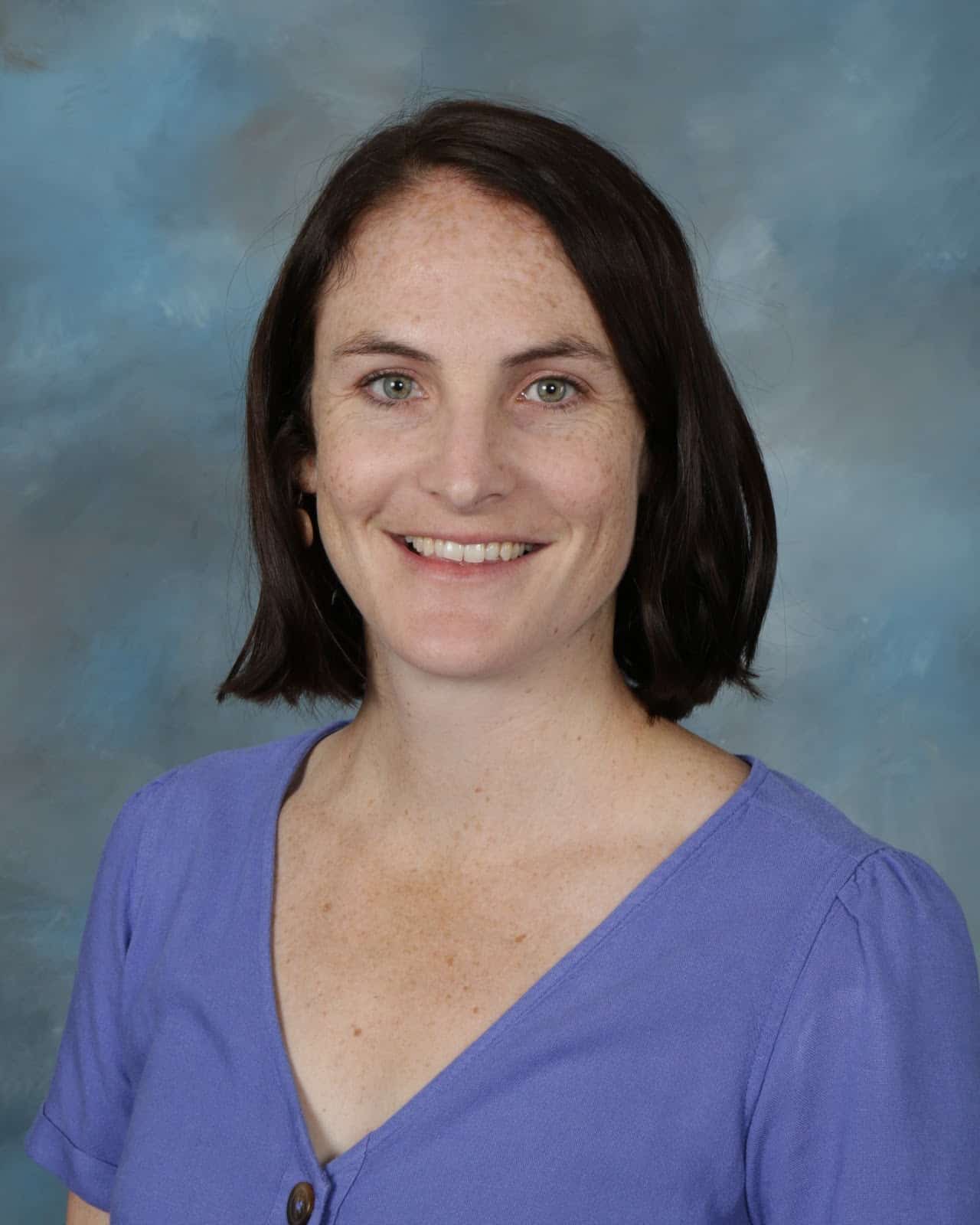What is Blended Learning?
Before going into the good, we need to define blended learning. Blended learning can take many different forms, so here are the basics for how my school (TK-8) does it. Blended learning means that students don’t necessarily have to be taught in the traditional setting based on their grade level or age. When basing instruction on mastery of standards, such as in standards-referenced grading, if a student has proven mastery on a particular standard, they are encouraged and challenged to move on, and students who need extra time to master a standard are given just that… more time. Before I delve more into what blended learning is, I will go into some of the good aspects I have found with blended learning that should explain it more.
The Good: Differentiation and Student-Centered Learning Teaching and Learning
In my experience, there are two key ideas to creating a successful blended learning classroom: differentiation and student-centered teaching and learning.
Differentiation
Now, most likely every teacher has some form of differentiation in his or her classroom. But in a blended learning classroom, you need to be differentiating constantly. As an ELA teacher at my school, I am beholden to a certain curriculum that emphasizes character-based literacy that revolves around novel studies, and we do informational text throughout our units to supplement. At first, I was weary of how to foster a blended learning classroom when we are all reading the same text, but that’s where differentiation comes in. Here is a quick breakdown of the five main ways I differentiate in my 5-6th and 7-8th grade ELA courses:
- Learning centers: In learning centers, the students are rotating through different learning stations, each with a different activity. This is an easy way to differentiate assignments based on ability, interest, content, etc. in a small group setting. It also allows the teacher to provide more or less hands-on guidance in small groups.
- Flexible grouping: This relates to learning centers. You can use many factors to create your groups: observation, standardized testing data, age and student interest.
- Student choice: I do this on assessments in the form of meal projects – also called menu project. A meal project is a type of differentiated activity that lets students choose items off a “menu” to complete. Ideally, there are at least two options per meal, giving students choice in who they want to focus their research on for projects. Other times, I get their preference for a book, an article or an assignment and make the final decision myself.
- Assessment: For assessments, you can tier them based on complexity and assign them to your students accordingly, as long as they connect to the standards.
- Technology: There are several apps and websites that allow students to work through the material based on their ability at their own speed. For ELA, I use NoRedInk (it’s free). My colleague who teaches Math uses Khan Academy.
Student-Centered Teaching and Learning
I see four important components for student-centered teaching and learning:
- Standards-referenced grading: In order to effectively run a blended learning classroom, you need to base your instruction on standards, regardless of whether your report cards are based on standards-referenced grading or not.
- Mastery: In addition to standards-referenced grading, you also need to know how to identify mastery. What does mastery look like? Providing rubrics for assessments help provide that to students and help guide the teacher when grading.
- Skills over content: A big shift in education is focusing not on the content you are teaching, but how you are teaching it, and what skills are necessary to master it. Keep your eye on what skills they need to achieve mastery and not what books you are reading or what chapter you are studying when unit planning.
- Manager: Your job is to manage their learning, not control it! Timing and pacing are less stringent and the focus is on growth. Quality over quantity!
The Bad: Avoiding Pitfalls
The good news is I have had more good experiences than bad. However, here are some “bad” things you want to avoid when teaching in a blended learning classroom.
- “Stand and deliver”mentality: Dictators deliver speeches but cruise ship directors guide and facilitate.
- Lack of flexibility: You might need to spend more or less time on a topic depending on if your students have mastered a skill or how close they are to mastery.
- “This is what we do every year”: If you are beholden to content, why not add a new activity, new instructional strategy, or new assessment? If you have flexibility over curriculum, switch up your content to gear it more towards student interest or need.
The Ugly: Developing a Growth Mentality
The ugly portion reminds every teacher of the days where, on your drive home, you wonder, “why do I do this every day? I’m not even a good teacher!” I have questioned myself more this year than ever because I am out of my comfort zone. After these moments of insanity and anxiety, I catch my breath, and I start to remember the feeling I get after teaching a really good blended learning class.
The key to the ugly is to be gentle with yourself. When you are trying something new or expanding your toolbox, not everything is going to be smooth. You have to reflect on why it didn’t go well (you, kids, outside influences, time of day?) and try it again the next day. You also can’t perfect all of the different strategies out there in one year. The best advice I heard from a conference once was that you should only pick one new thing to try each year to be really good at. If you want to try learning centers, only focus on implementing effective learning centers for the whole year. Then, add in student choice assessments the next year. Again, it’s quality over quantity.
At the beginning of the year, I wasn’t sold on blended learning, but in the last few months, I witnessed some amazing growth and progress, not only in my students, but also in my teaching. The reality is that since we know that students learn differently, we also know that they don’t learn at the same speed. Blended learning provides no limits on what students can achieve but it takes time and organization to structure. Once you embrace the bad and ugly, you will inevitably find that there is a lot more of the good!
[et_pb_cta button_url="https://www.fariaedu.com/professional-development" button_text="Get Professional Development" _builder_version="4.5.6" _module_preset="default" body_text_color="#ffffff" background_color="#004370" custom_button="on" button_text_size="27px" button_text_color="#ffffff" button_border_width="2px" button_alignment="center" custom_margin="-46px|||||" link_option_url="https://www.fariaedu.com/professional-development" link_option_url_new_window="on" hover_enabled="0" url_new_window="on"]Get professional development on blended learning, differentiation, and student-centered approaches to teaching and learning to help incorporate them into your curriculum process!
[/et_pb_cta]
Kelly Bonde is the current Principal at St. Katharine Drexel Academy (SKDA). She received her Bachelor’s degree in Secondary Education and English from Providence College and taught English to middle school students for 9 years before becoming an administrator. She also earned her Masters degree in English from San Diego State University. She is currently working on a Certificate in Catholic Leadership through Creighton University. She served as a Jesuit Volunteer after completing college, which sparked her desire to work for social justice in education. Elijah and Kelly recently celebrated their 6 year wedding anniversary and are the proud parents of two daughters, Paige and Hazel and their dog, Dani.

